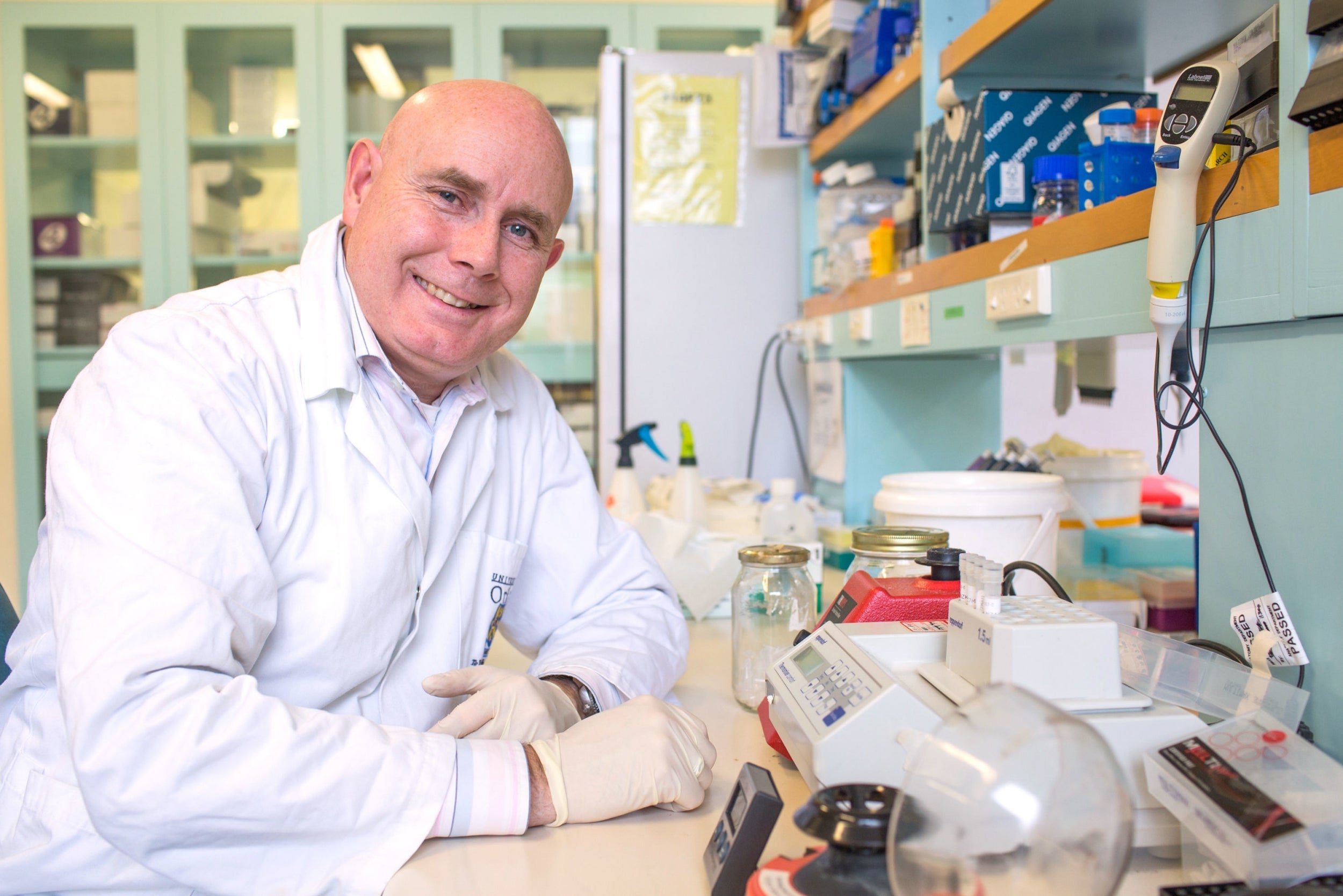Loch Ness monster theory ‘is plausible’, scientist says
‘There have been over a thousand reported sightings of something in Loch Ness which have driven this notion of a monster being in the water’

One theory about the Loch Ness monster is “plausible”, according to a scientist who claims to have studied the mysterious lake.
A global team of scientists using environmental DNA (eDNA) looked for the tiny remnants left behind by any possible life inside the Scottish loch. That helped them create a full list of everything that lives in the water.
Now Professor Neil Gemmell, the scientist who led that work, says that one of the theories about the monster “remains plausible”.
During their research, launched last June, 250 water samples were taken from the length, breadth and depth of Loch Ness.
The DNA from those samples was extracted and sequenced, resulting in around 500 million sequences that have now been analysed against existing databases.
Professor Gemmell, of the University of Otago in New Zealand, will reveal the full findings of the study in September.
He said: “There have been over a thousand reported sightings of something in Loch Ness which have driven this notion of a monster being in the water.
“From those sightings there are around four main explanations about what has been seen.

“Our research essentially discounts most of those theories – however, one theory remains plausible.”
As creatures move through the loch, they leave tiny fragments of DNA through their skin, scales, feathers, fur, faeces and urine, which can be used to identify the creature.
VisitScotland said the Nessie phenomenon is worth millions to the Scottish economy, with hundreds of thousands of visitors travelling to Loch Ness and Drumnadrochit every year to catch a glimpse of the mythical monster.
Unusual items previously found in the loch include a 30ft-long Loch Ness monster model discovered on the loch bed in 2016 during a sonar search by Kongsberg Maritime and supported by The Loch Ness Project and VisitScotland.
The model was a prop from the 1970 film The Private Life Of Sherlock Holmes, directed by Billy Wilder and starring Robert Stephens and Christopher Lee.
It is believed the model sank after its buoyant humps were removed.
Additional reporting by agencies
Join our commenting forum
Join thought-provoking conversations, follow other Independent readers and see their replies
0Comments